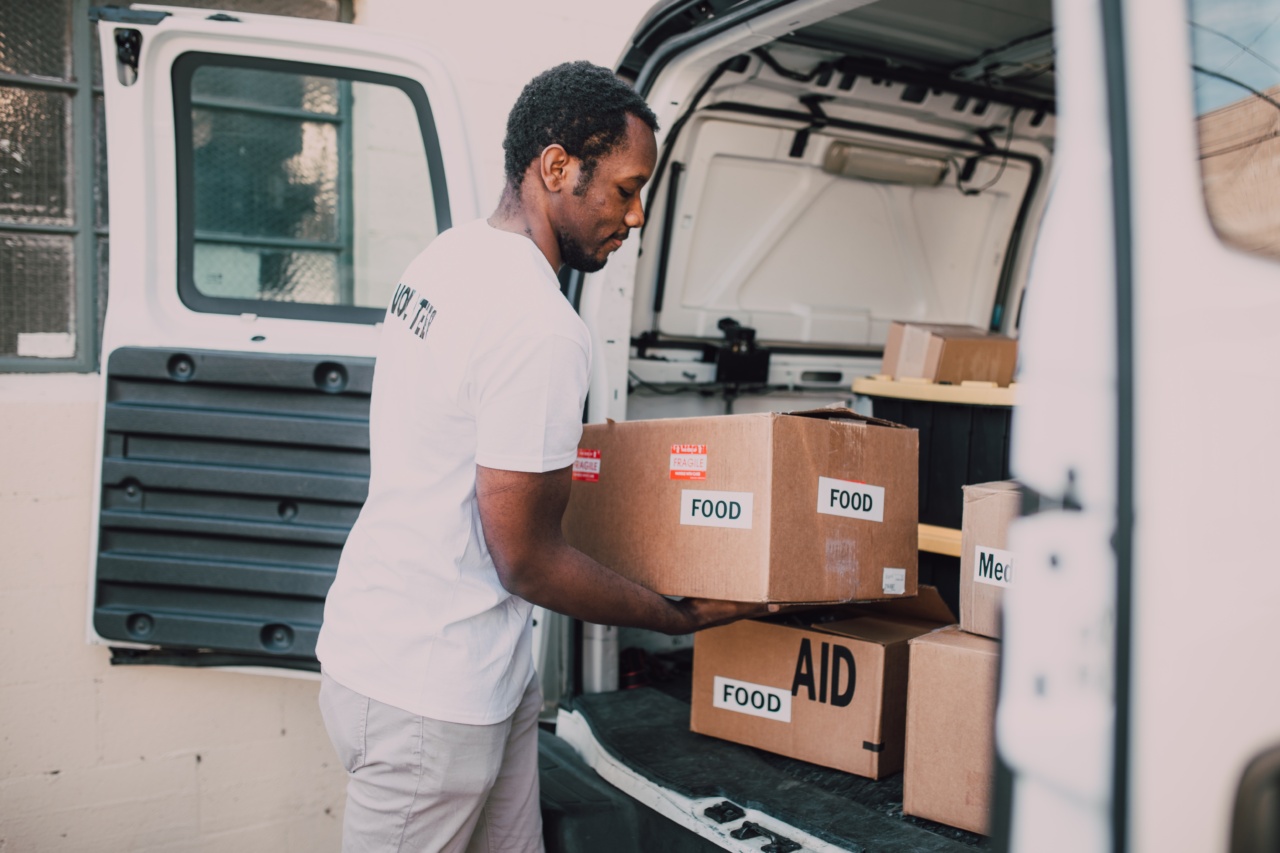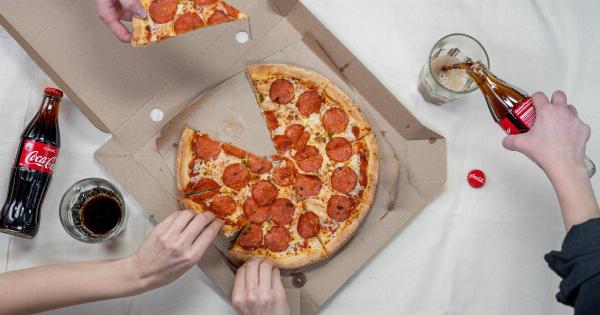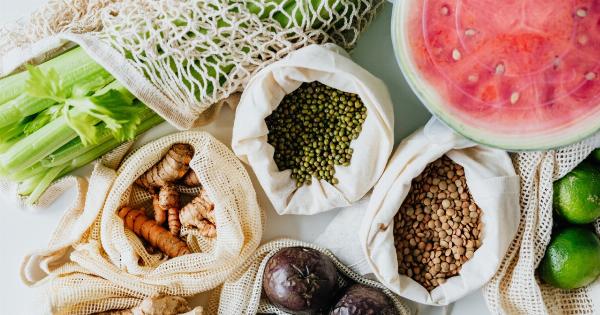Reheating leftovers is a convenient way to enjoy your favorite meals again without having to cook from scratch. However, certain precautions should be taken to ensure that reheating your food is safe and doesn’t compromise its flavor or texture.
In this article, we will discuss the do’s and don’ts of reheating food to help you make the most out of your leftovers.
Do Use the Right Containers
When it comes to reheating food, the type of container you use can make a significant difference. Only use microwave-safe containers or dishes that are labeled as safe for reheating in a conventional oven.
Avoid using plastic containers that are not microwave-safe, as they can release harmful chemicals into your food when heated.
Don’t Reheat Food Too Many Times
While it might be tempting to reheat your leftovers multiple times, it is generally advisable to only reheat food once. Each time you reheat your food, it undergoes a cycle of cooling and reheating, which can lead to a loss of flavor and texture.
It can also increase the risk of bacterial growth, potentially causing foodborne illnesses.
Do Store Leftovers Properly
Proper storage is crucial to maintain the quality of your leftovers. Place leftover food in airtight containers and refrigerate or freeze them promptly after the meal. This helps to prevent bacterial growth and maintain the freshness of your food.
Label the containers with the date so that you can keep track of how long the leftovers have been stored.
Don’t Reheat Certain Foods
Not all foods are suitable for reheating. Some foods, such as salads or dishes containing mayonnaise, are best enjoyed fresh and should not be reheated.
Similarly, delicate foods like sushi or sashimi should not be reheated as they can easily become overcooked and lose their original texture. Use your judgment when deciding which foods are appropriate for reheating.
Do Reheat Food Safely
When reheating food, it is crucial to ensure that it reaches a safe internal temperature to kill any potential bacteria or pathogens.
Use a food thermometer to check if the center of the food has reached a temperature of at least 165°F (74°C), which is considered the safe temperature for most cooked foods. Stir or rotate the food during reheating to ensure even distribution of heat.
Don’t Reheat Leftovers for Too Long
Reheating leftovers for excessive periods can cause them to dry out or become rubbery. It is best to reheat leftovers in short intervals, checking for the desired temperature after each interval.
This will prevent overcooking and help retain the moisture and flavor of the food.
Do Add Moisture when Necessary
Some leftovers, especially those that tend to dry out easily, can benefit from a little moisture during reheating. Adding a splash of water, broth, or sauce can help revitalize the texture and prevent the food from becoming dry.
Be cautious not to add too much liquid, as it can make the food excessively soggy.
Don’t Reheat in Large Portions
When reheating your food, it is generally better to heat it in smaller portions rather than as a whole batch. Reheating in smaller portions ensures that the food heats evenly without parts becoming overly hot while others remain cold.
It also allows for more precise control over the reheating time and temperature.
Do Check for Signs of Spoilage
Before reheating your leftovers, always inspect them for any signs of spoilage. If the food has an off smell, unusual color, or appears to have mold growth, it is best to discard it to avoid foodborne illnesses.
When in doubt, trust your senses and prioritize your health over reheating.
Don’t Reheat Certain Leftovers in the Microwave
While the microwave is a convenient tool for reheating food, some leftovers are not suitable for microwave reheating. Foods like hard-boiled eggs or any sealed containers can explode when heated in the microwave due to pressure buildup.
It is best to transfer these foods to a stovetop or oven-safe dish for reheating.
Conclusion
Reheating food can be a great way to minimize waste and enjoy your meals again. By following these do’s and don’ts, you can ensure that your leftovers are reheated safely and taste delicious.
Remember to use the right containers, store leftovers properly, reheat food safely, and always trust your instincts when it comes to spoiled food. With these tips in mind, you can make the most out of your leftovers without compromising on quality or safety.




























